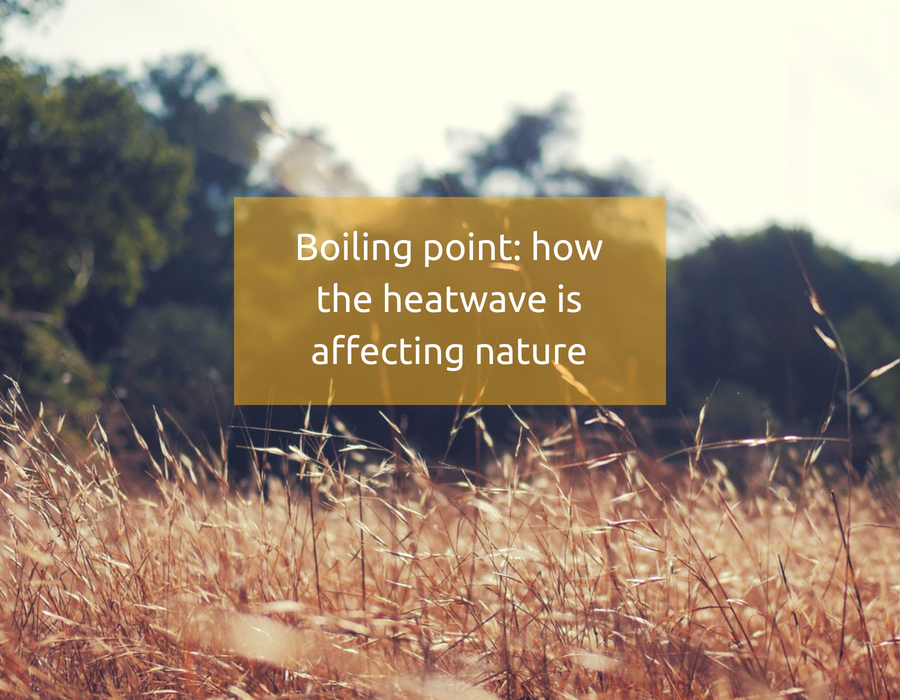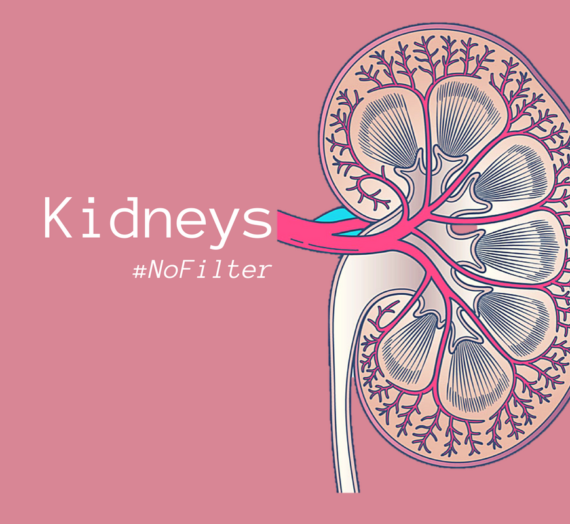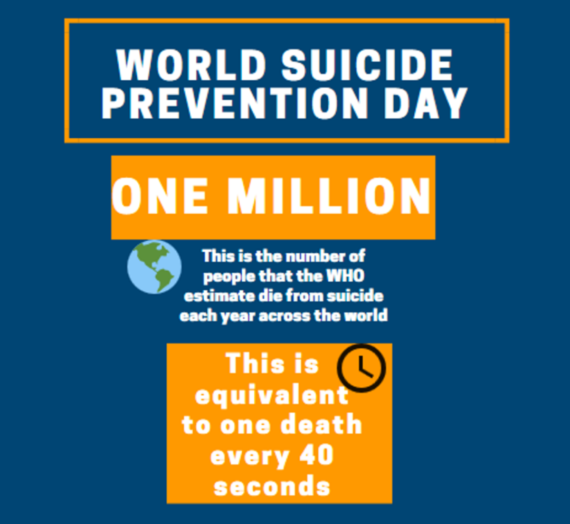Roisin Conneely
It never rains but it pours, or in the case of the UK at the moment, it just never rains. After decades of complaining about rainy summers, we have well and truly got what we wished for, but, as we humans take to the beach or the park to enjoy the sunshine, what is this heat doing to the natural world around us?
Wildfires and drought

Wildfires, usually reserved for locations such as Australia and California, have ravaged the British countryside. They can occur spontaneously, particularly in hot weather, but most are triggered by careless disposal of cigarettes or barbeque fires, activities which occur more frequently as people head outside to soak up the rays. Dry conditions make the ground more susceptible to fire, as branches and leaves can dry out due to a lack of rain.
Lack of rainfall plus increased evapotranspiration (water lost from plants to the environment) can lead to drought. Drought is a major limiting factor to plant growth, producing stress damage which may lead to abnormal metabolism, stunted growth, and even plant death. Plant death, as if it wasn’t bad enough alone, has knock-on effects for the rest of the ecosystem, as it may mean a loss of habitat, food sources, plus lowered agricultural yields.
These issues may actually have an even more significant consequence. A recent study in California indicated that grasslands may actually be better carbon sinks than forests, hence anything that threatens such grasslands or crops, such as wildfires or drought, could spell bad news for the ozone layer.
Fish
Increasing temperatures lead to lower levels of oxygen available in water, plus the dry weather can cause water levels to decrease, which is not ideal if you happen to be a fish. Drastic measures are being taken to protect them, the Environment Agency rescuing over 130 salmon and trout from the River Teme (Hertfordshire), by stunning them with electrical currents in order to transfer them to deeper waters. However, such transfers are not always possible, so anglers are being urged to take a break from their hobby during this dry spell.
Agriculture
Lack of rain and increased temperatures are also causing a decrease in fodder available for livestock such as cattle, with farmers being forced to delve into winter supplies to ensure cows have enough nourishment to continue providing milk for their calves. As mentioned earlier, crops are also ripening earlier than usual, which could lead to lower yields, meaning, you’ve guessed it, price increases at your local supermarket.
Birds and mammals

Water sources for common UK bird species such as blackbirds and robins are also running low. This could lead to young birds fleeing the nest too soon, and only time will tell what effect this could have on population numbers. Of course, straying birds could also mean more ending up in grasslands, putting them at risk of succumbing to wildfires too.
Small mammals such as hedgehogs and squirrels will also be in search of water, so consider leaving a bowl of water out for our furry friends. If you have pets, this is especially important, make sure they have some shade to escape to, lots of water available, and be aware of the hot pavement when taking dogs on walks.
Amphibians
Arguably struggling the most in this dry weather are amphibian species such as frogs and newts. Ponds and rivers are drying up due to the hot weather, threatening their habitats. Furthermore, their main food sources are snails and slugs, which also depend on wet environments, so their numbers are decreasing as well, meaning less food available.
The bottom line
The heat crisis is affecting much more of the world than just the UK. In comparison to the 1976 heatwave, this one is a lot more widespread, as seen in these images from NASA:

It’s clear that climate change is playing a huge role in causing extreme weather events such as the current heatwave. If we can learn anything from this long hot summer, it’s that we need to take action to tackle global warming and reduce our planet-damaging actions. We only have one Earth, so let’s look after it.




